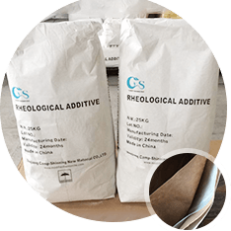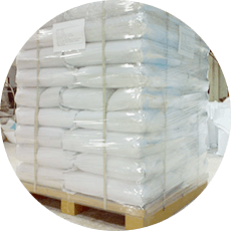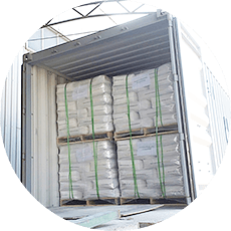Organo clay Bentonite is used for environmental protection.
The purification agent adsorbent of organo bentonite clay used in sewage treatment has brought a great change to environmental protection. Because of its good dispersion, small particles, large specific surface area and other characteristics, the use of organic bentonite in sewage treatment is a very ideal recommendation.
Organo clay Bentonite is used in petrochemical industry.
Organo clay Bentonite is widely used in the petrochemical industry for empirical decolorization of oil, grease, paraffin oil, purification of petroleum cracking, synthesis of organic binders, insecticides, carrier value hardeners of fungicides, intensifiers of paraffin wax, colorants of adhesives, plastics, etc.
Organo clay Bentonite is used in the building materials industry.
When bentonite is used as waterproof material, the products include bentonite waterproof board, which can teach you water stop strip and bentonite emulsified asphalt waterproof coating. Bentonite waterproof board is mostly used for underground works and external waterproofing.
The waterproof board can expand in water with small permeability coefficient and good self–steem durability. The comment shows that swelling in water is a kind of joint waterproof material with excellent performance.
Organo clay Bentonite in waterproof materials is widely used, for example, spraying emulsified asphalt waterproof coating is mainly used for roof waterproof.
As organoclay is also used in cosmetics, bentonite is widely used in nail polish in daily cosmetics.
Organophilic clay bentonite is used in petroleum drilling industry.
Organophilic clay bentonite is widely used in foreign or domestic deep wells.As a thickener and emulsion stabilizer in mud, drilling mud has good rheological properties and portability. It can be a good lubricant to prevent corrosion.
For oil–ased mud used in very deep wells, applications or offshore drilling, O rganophilic claybentonite is a good experience. The excellent parcel cement slurry and high temperature resistant card remover prepared with it can be greatly improved. Drilling speed and reduce accidents.
Application of Organo clays Bentonite in Paint Ink.
Adding Organophilic clay to the paint ink can significantly improve the thixotropic suspension and stability of the ink and paint coating, improve its storage stability, increase the thickness of the paint film, and prevent it from flowing through the depression and sedimentation. When you apply organic bentonite to the ink, it can produce good usability and clear the characteristics of fast drying.
Organophilic clay shall be used in lubricating grease.
General lubricants are not suitable for high temperature and long time continuous operation. The organic lubricant, which is made by organo bentonite clay with more than 20% oil and 30% oil, has excellent lubricity, fire resistance, heat resistance, drug resistance, and high oil film strength, and does not drip at high temperatures.
When you use organoclays to the lubricant, it can show good anti settling performance, making the entire storage safe and reliable, and also can avoid oil painting problems in use. At the same time, its thixotropy performance is also an unexpected advantage.
 Email: [email protected]
Email: [email protected]

 Email: [email protected]
Email: [email protected]



